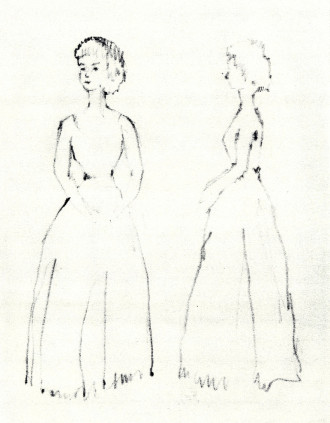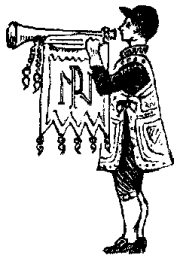Making the Queen Elizabeth II Coronation Doll
In 1953, Peggy decided to make a figure of Elizabeth II, ready to commemorate the forthcoming Coronation of the new Queen. In her book, "The Peggy Nisbet Story, she explained "The vision which had gradually become clearer in my mind, was to make a Coronation doll in English bone china bisque, with the hem of the skirt forming the base of the figure. I then wanted to dress this figure in a silk underskirt, a silk or brocade gown and the purple coronation robe. I aimed to make between 200 and 300, which was the maximum it seemed possible to achieve in the limited time available before the Coronation".
Before producing the doll, Peggy had to seek permission from The Lord Chamberlain. After several visits to his office, permission was granted. Peggy carried out research in libraries, museums and art galleries, where information could be obtained on robes worn at previous Coronations. Her son, Peter, produced the early drawings of the doll, (shown here). Materials were bought, and the dress and robes made. Peggy needed miniature replicas of the crown, orb and sceptre, and turned to C G Oxley & Co, a local Weston manufacturing jeweller, who was able to produce them.
Peggy took the model to Harrods of London, who liked it, and ordered as many as could be made. The first order for 350 dolls was dispatched to Harrods just a few weeks before the Coronation. The cost of making this doll in 1953 was £10; they are worth a lot more today.
Peggy's son, Peter, recalls taking the Elizabeth II Coronation doll to America, where they were quite a sensation. Back home, the story made the front cover of the Daily Sketch newspaper, along with a photograph of the doll.




